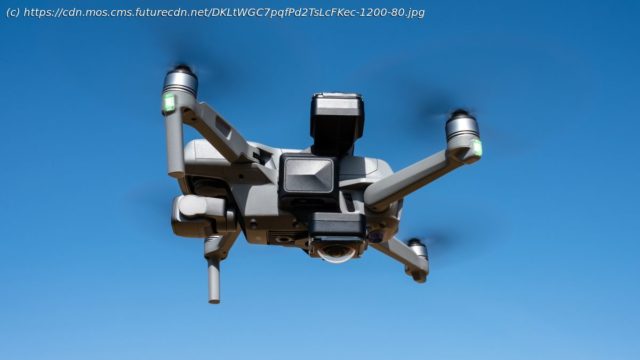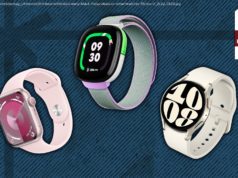With the Insta360 Sphere, the creative video possibilities endless if you’re prepared to put in the hard
Have you ever wanted to capture awe-inspiring FPV aerial videos, but without having to learn to fly the notoriously difficult-to-fly and easy-to-crash drones? I know the feeling, which is why I was very keen to test the Insta360 Sphere – a 360-degree camera that lets you easily shoot and create FPV-style video with a standard drone.
I’ve long been interested in FPV (first person view) drones, but have shied away from their common self-build format – I’m terrible at soldering, and that’s before I put in many hours of flight practice. I have recently begun training with a beginner’s training FPV drone and a computer simulator, but I have a long way to go. So, for now, the Sphere is an attractive way to achieve a similar style of video.
The advantage of the Sphere is that anyone with one of the two compatible drones (the DJI Air 2S and Mavic Air 2) can, irrespective of flying experience, capture simple footage that can be edited using keyframes to add visually exciting rolls, turns and flips to change the camera direction during editing. Editing is the most important element of the process, although some planning is required when capturing video.
The Sphere is available in two kits and is more expensive than regular drone accessories, but this is to be expected given it’s a camera. The Standalone kit costs $423 / £440 / AU$749 and includes the Sphere camera, two sticky lens guards, two lens caps, one battery, a charging cable, a lens cloth and landing mat. The Memory Card Kit costs $440 / £456 / €529 / AU$768 and includes all of the above alongside a 64GB microSD card. But how good are they in practice? I took one for a spin to find out.
The Sphere is designed to attach to the DJI Mavic Air 2 or Air 2S without interfering with the drone’s GPS or downward-facing sensors. Its unique trick is that the positions of the cameras also make your drone invisible, so you’re free to enjoy an unobscured 360-degree view of the world. The downward-facing camera lens does extend beyond the bottom of the drone, so you have to attach the included sticky lens protectors and use the special landing mat that’s also included.
With standard drones, video capture usually requires you to plan your maneuvers in so that the flight patterns you use create visual interest. You might mimic a crane camera lift, shoot a reveal flying backwards, or orbit the subject. But with the Sphere, you simply need to fly the drone slowly and smoothly so that special camera effects can be added during editing.
With the Sphere, you simply fly up, over, down, under and around the subject.






